What Is A Vegetable?
What is a vegetable? Look around in your kitchen or nearby grocery store, and you will likely find yourself surrounded by varieties of colorful, crunchy vegetables. But do you really understand exactly what a vegetable is?
The answer may surprise you! From the common potato to the exotic kohlrabi, there’s much more to veggies than meets the eye. In this blog post, we’ll explore what makes something a vegetable and why it’s so essential to know more about vegetables.
We’ll also discuss some fascinating facts about different types of vegetables that can help make shopping and meal preparation easier. So get ready – let’s dive into all things veggie!
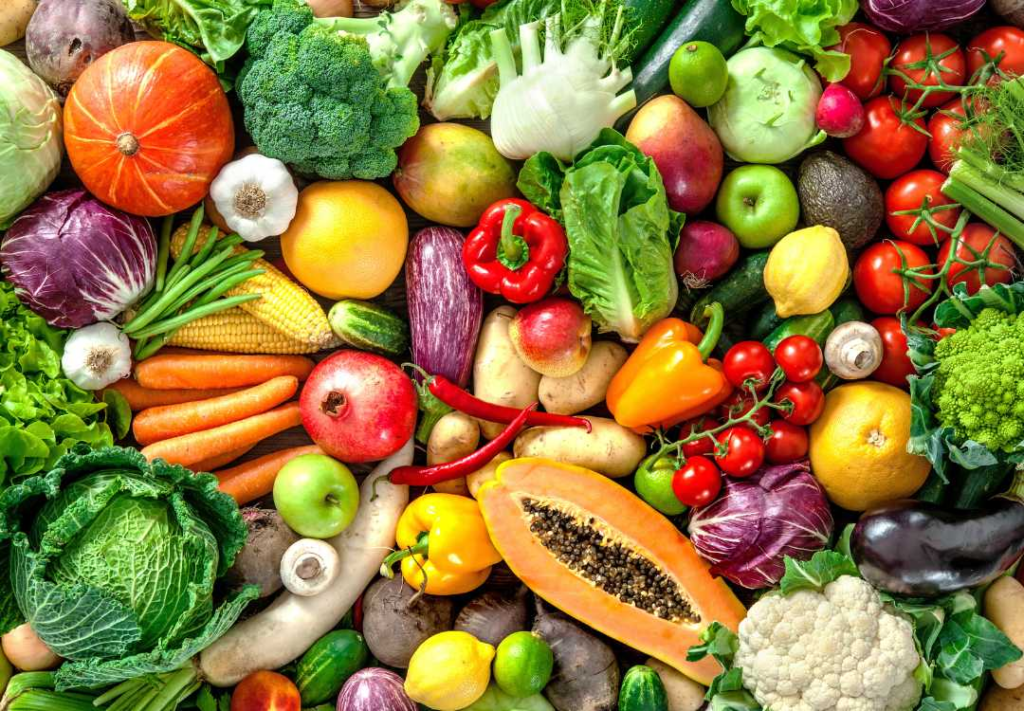
Contents
What Is A Vegetable?
A vegetable is a type of plant we can eat as food, usually for its nutritious and tasty parts like leaves, roots, stems, or flowers. Vegetables come in many sizes, shapes, and colors and are essential to a healthy diet because they provide fiber, minerals and vitamins.
Some popular vegetables include carrots, broccoli, cauliflower, spinach, and tomatoes. They can be eaten raw, cooked, or blended into delicious smoothies!
Why Is It Important To Know About Vegetables?
Understanding the significance of vegetable is crucial today, as it is vital to our overall well-being and sustainability. Vegetable, edible plant-based products, provides essential nutrients and contributes to environmental preservation.
By being aware of the diverse types of vegetables and their unique properties, we can make informed choices about our diet and foster a healthy lifestyle. Furthermore, incorporating a variety of vegetable matter into our meals supports local agriculture and reduces our carbon footprint.
Knowledge about vegetables empowers us to make responsible decisions that positively impact our health and the planet.
What Are Different Types Of Vegetables?
Vegetables play an important role in a nutritious diet, offering diverse nutrients and tastes. There are different types of vegetables, each with unique characteristics and benefits. Below are some different categories of vegetables, along with some examples and information about each.
Root Vegetables
Root vegetables, also known as root crops, are plants whose roots are the primary edible part. These starchy vegetables are packed with nutrients and are typically high in carbohydrates. Examples of root vegetables include carrots, beets, radishes, and parsnips.
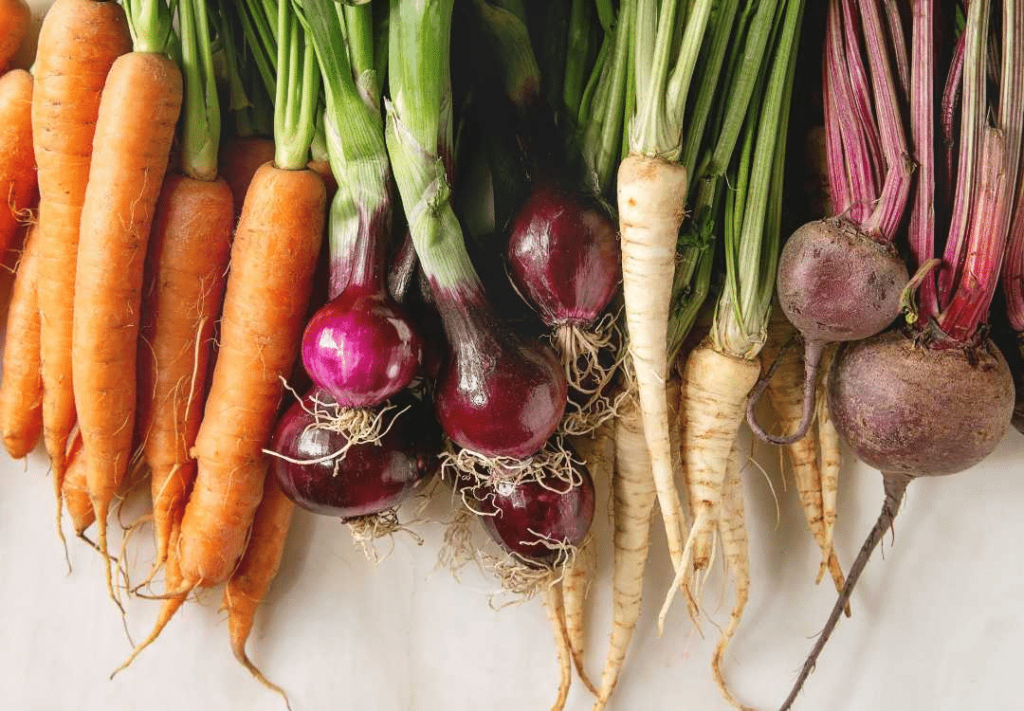
Stem Vegetables
Stem vegetables are plants where the stem is the main edible part. These vegetables can be consumed raw or cooked and are often used in soups. Examples of stem vegetables include celery, asparagus, and fennel.
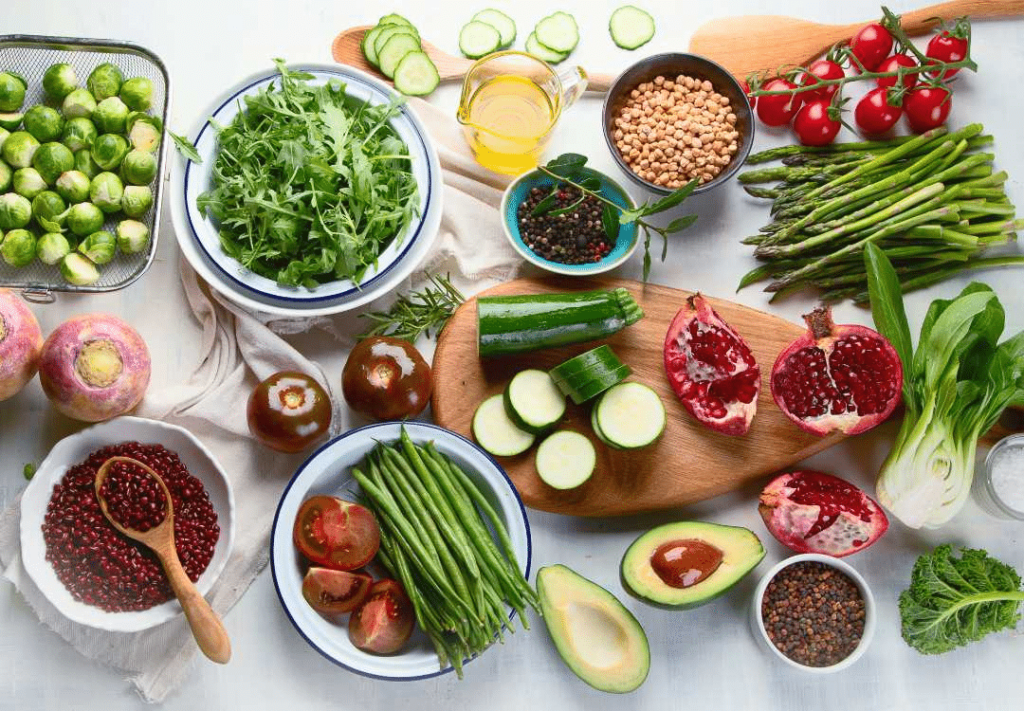
Leafy Vegetables
Leafy greens, also known as leafy vegetables, are vegetables with large, edible leaves. They are considered the most nutritious green vegetables and can also be eaten uncooked (in salads) or in various dishes. Examples of leafy greens include spinach, kale, and collard greens.
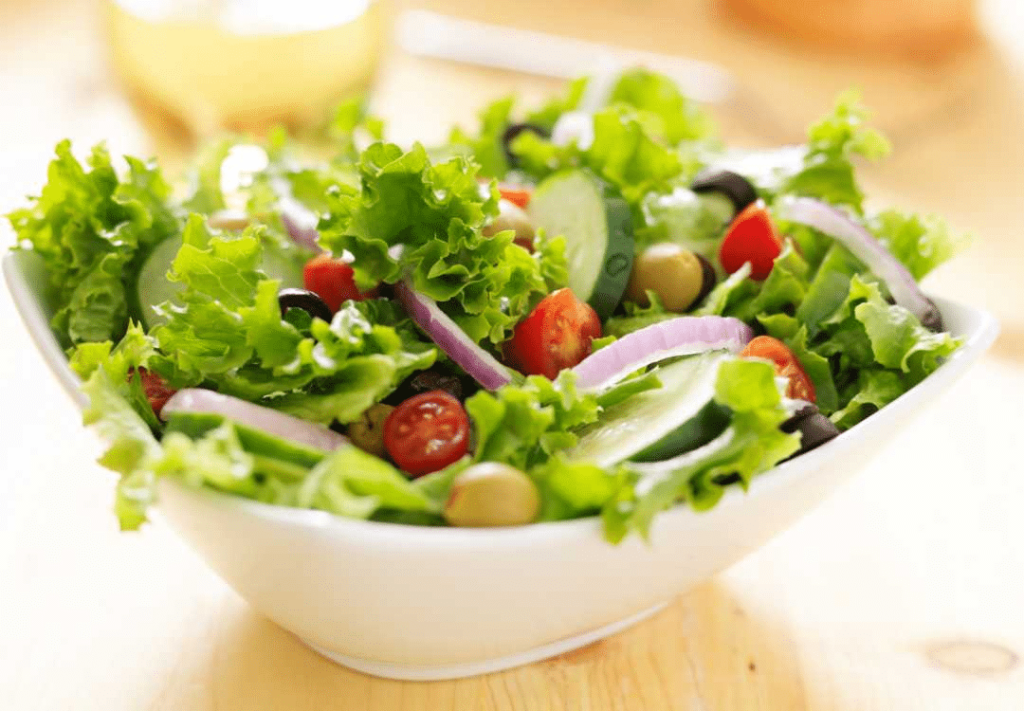
Cruciferous Vegetables
Cruciferous vegetables are a part of the Brassica family and are known for their unique and sometimes pungent flavor. These vegetables are highly rich in vitamins, minerals, and antioxidants. Examples of cruciferous vegetables include white and purple cauliflower, broccoli, and Brussels sprouts.
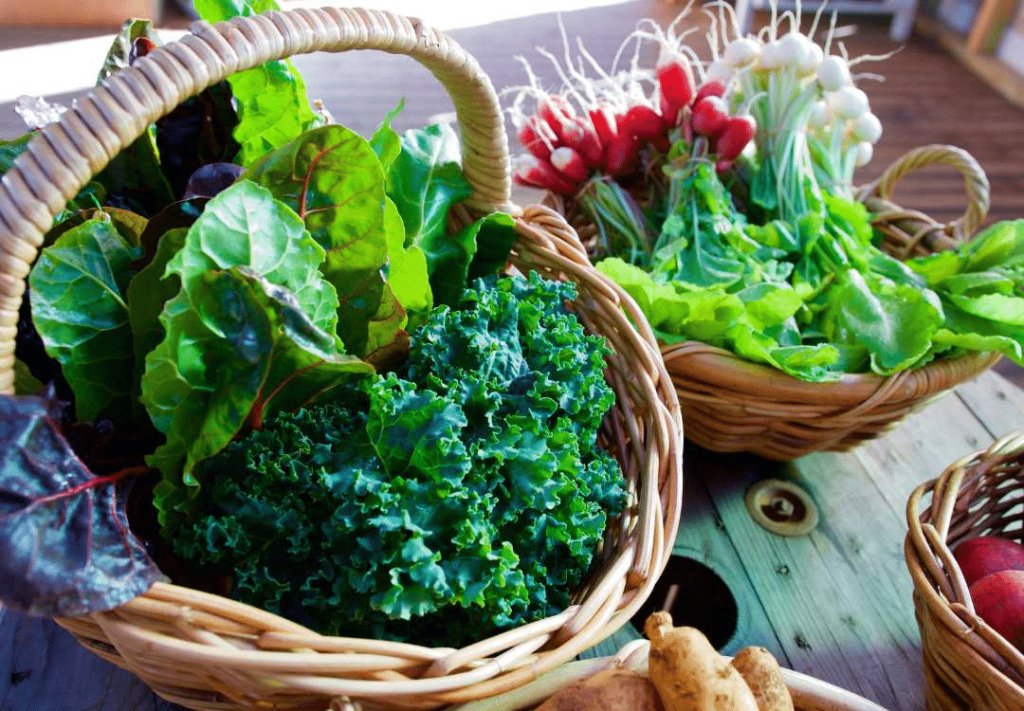
Fruit Vegetables
Fruit vegetables are the edible parts of seed plants that are usually consumed as vegetables but are technically fruits. These vegetables are typically high in vitamins A, and C. Examples of fruit vegetables include tomatoes, peppers, and eggplants.
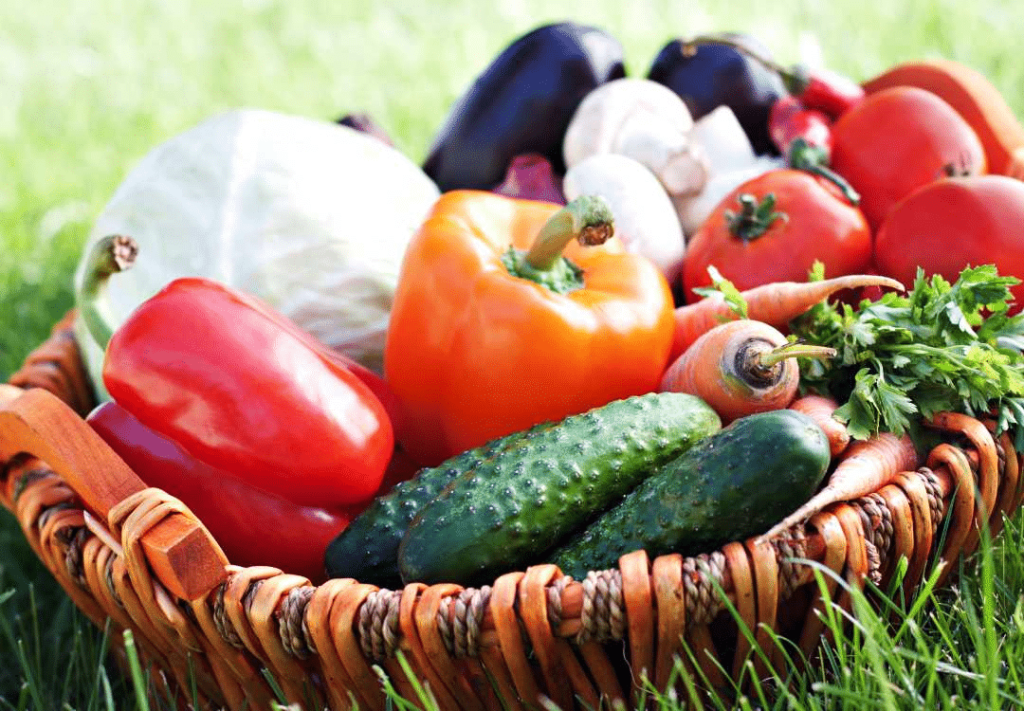
Beans And Legumes
Beans and legumes are plant seeds in the Fabaceae family, rich in protein, fiber, and various vitamins and minerals. Examples of beans and legumes include kidney beans, green beans, peas, lentils, and black-eyed peas.

Nightshade Vegetables
Nightshade vegetables belong to the Solanaceae family and are native to South America, India, Pakistan and some other countries. These vegetables are rich in minerals and vitamins, but some people may be sensitive to their alkaloid content. Examples of nightshade vegetables include potatoes, tomatoes, and eggplants.
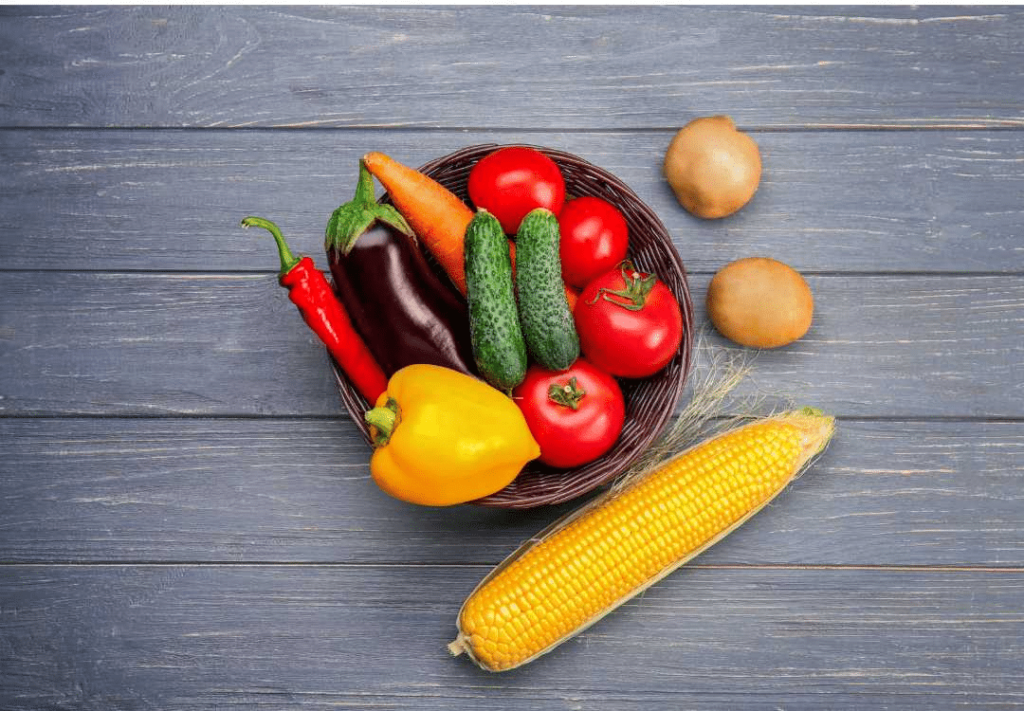
Cucurbits
Cucurbits are plants in the gourd family typically grown in temperate climates. These vegetables are a high source of water content and are primarily used in salads and other dishes. Examples of cucurbits include cucumbers, zucchini, and squash.
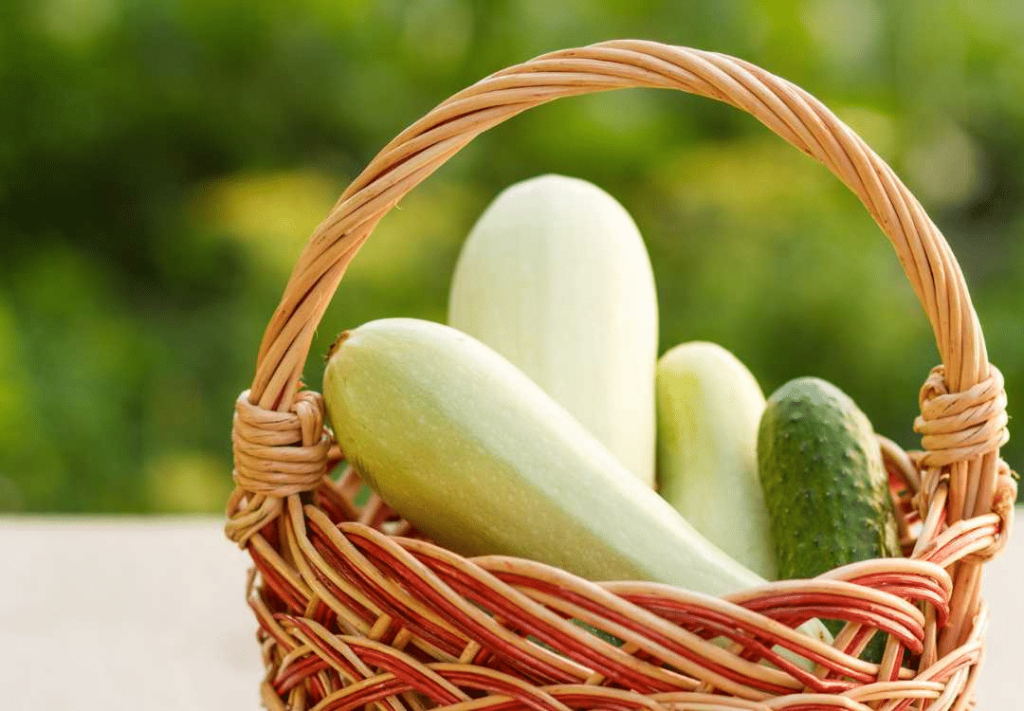
Tubers
Tubers are the swollen underground stems or roots of plants that store nutrients for the plant. They are often high in carbohydrates and are a good energy source. Examples of tubers include sweet potatoes, yams, and regular potatoes.
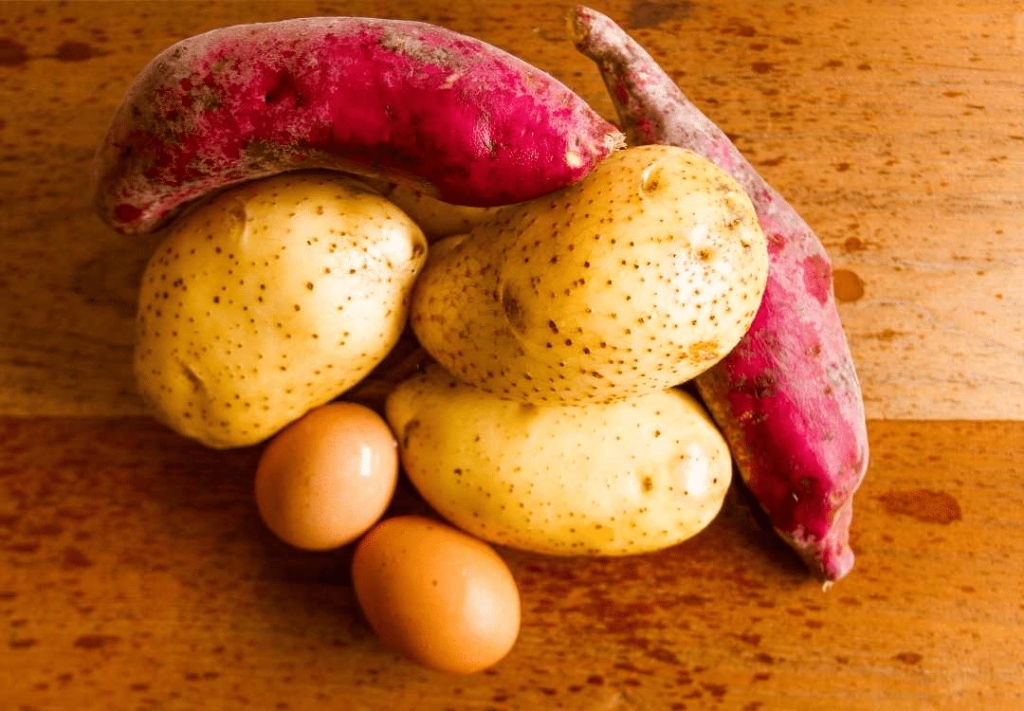
Differences Between Fruits And Vegetables
Fruits and vegetables are great for a healthy diet, as they provide a wide range of nutrients, vitamins, minerals, and dietary fiber.
However, they differ in several ways, such as botanical classification, taste, nutritional content, and seed presence. Here are the key differences between fruits and vegetables:
1. Botanical Classification
- Fruit: In botanical terms, a fruit is the mature ovary of a flowering plant that typically contains seeds. Fruits develop from the fertilized ovules of flowers and serve to disperse seeds for plant reproduction. Examples include apples, bananas, grapes, and oranges.
- Vegetable: Vegetables are any edible parts of plants that do not fall under the fruit category. These can include leaves (lettuce, spinach), stems (celery, asparagus), roots (carrots, beets), flowers (broccoli, cauliflower), and even seeds (corn, peas). Some vegetables, like tomatoes, cucumbers, and peppers, are technically fruits but are considered vegetables due to their taste and culinary use.
2. Taste
- Fruit: Most fruits have a sweet or tart taste, as they contain natural sugars such as fructose. This sweetness is often what makes them appealing as snacks or dessert items.
- Vegetable: Most vegetables have a more savory flavor profile, ranging from bitter to earthy. They are typically used in main dishes, side dishes, and salads.
3. Nutritional Content
- Fruit: Fruits are great = in vitamins, minerals, and antioxidants, particularly vitamin C, potassium, and folate. They also provide dietary fiber, which aids digestion and helps maintain a healthy weight. However, fruits should be consumed in moderation due to their naturally higher sugar content, especially for those watching their sugar intake.
- Vegetable: Vegetables offer many nutrients, including vitamins A, C, and K, iron, calcium, and potassium. They also contain dietary fiber and are generally lower in calories and natural sugar than fruits. Many vegetables are also rich in phytonutrients, which reduce the risk of chronic diseases.
4. Seed Presence
- Fruit: As mentioned earlier, most fruits typically contain seeds, which can be found within the fruit itself (e.g., apples, watermelon) or on the outer surface (e.g., strawberries). Some fruits have a single seed (e.g., peach), while others have multiple seeds (e.g., pomegranate).
- Vegetable: Most vegetables do not contain seeds, except when used as a culinary vegetable (e.g., tomatoes, cucumbers, and peppers). In these cases, they are classified as vegetables due to their taste and culinary use, even though they are technically fruits in botanical terms. Corn kernels are considered seeds of such a plant but fall under the vegetable category for culinary purposes.
In conclusion, while both fruits and vegetables are vital for maintaining a balanced diet, they differ in taste, nutritional content, and botanical classification.
What Is The Ideal Method For Cooking Vegetables To Preserve Their Nutrients?
The ideal way to cook vegetables to retain their nutrients is by using methods that minimize heat exposure, water usage, and cooking time. This helps preserve the minerals and vitamins in cooked vegetables, ensuring that your vegetable consumption remains a healthy and nutrient-rich part of your main course.
- Steaming: Steaming preserves most nutrients in vegetables due to its gentle cooking approach. It involves placing the vegetables in a steamer basket over boiling water, allowing the steam to cook them without direct contact with the water. This prevents nutrient loss due to leaching into the water. Check out this article for Instant Pot vegetables!
- Microwaving: Microwaving is an efficient way to cook vegetables while preserving their nutrients. Since it uses less water and shorter cooking times, microwaving can help maintain the nutritional value of your food. Just be sure to avoid overcooking.
- Stir-Frying: Stir-frying is another excellent method for retaining nutrients in vegetables. It involves cooking them quickly over high heat with a small amount of oil. This method retains the vegetables’ texture, color, and nutritional value.
- Grilling Or Roasting: Grilling or roasting vegetables at a high temperature for a short period can help preserve their nutrients. These methods also enhance the flavor and provide an appealing texture. Be sure to use minimal oil to keep the dish healthy.
- Eating Raw: Some vegetables, such as leafy greens, bell peppers, and tomatoes, can be eaten raw to maximize their nutritional content. Including a variety of raw vegetables in your diet ensures that you’re getting the full range of nutrients they offer.
Which Vegetables Can You Grow At Home?
Growing your own vegetables is not only an enjoyable hobby, but it also helps you save money and eat healthier. You can easily grow many vegetables at home, even with limited space. Here are some popular options, including sweet potatoes:
- Sweet Potatoes – These nutritious, versatile tubers thrive in warm climates and can be grown in containers or directly in the ground. Sweet potato requires well-drained soil and plenty of sunlight. Be patient, as they typically take around 3-4 months to mature.
- Tomatoes – With numerous varieties to choose from, tomatoes are a popular choice for home gardens. They can be grown in pots, containers, or directly in the ground. Be sure to provide support for the plants and give them plenty of sunlight.
- Lettuce – Lettuce is one of the most easiest vegetables to grow. It is an excellent vegetable for beginners and can be grown in either containers or garden beds. Choose from various types, such as romaine, butterhead, or leaf lettuce. Pluck the outer leaves when necessary, allowing the plant to continue growing.
- Carrots – This root vegetable can easily grow in loose, well-drained soil. Carrots can be directly planted in the ground or in deep containers. Regularly water and thin out seedlings to give them enough room to grow.
- Peppers – Both sweet and hot peppers are great options for home gardens. Depending on available space, they can be grown in containers or in the ground. Peppers need warmth and sunlight, so be sure to choose a sunny spot.
- Cucumbers – Perfect for salads and pickling, cucumbers are a versatile addition to any garden. They can be grown in containers or garden beds, but make sure to provide a trellis or support for the vines to climb.
- Radishes – With a short growing season, radishes are an excellent choice for impatient gardeners. They can be cultivated in containers or directly in the soil and harvested within a matter of weeks.
- Green Beans – Both bush and pole bean varieties can be successfully grown at home. Green beans are easier to grow and can be grown in containers or garden beds. Provide support for pole beans, as they will need something to climb.
- Zucchini – This prolific summer squash is simple to grow and can produce an abundant harvest. Zucchini plants can be planted in containers or garden beds, but give them plenty of space, as they tend to spread out.
- Kale – Nutrient-dense and versatile, kale is popular for home gardeners. It can be grown in containers or garden beds and prefers cooler temperatures. Pluck the leaves as needed, starting with the outermost ones.
And don’t forget to make some vegetable markers for when you plant your veggies.

Environmental Benefits Of Eating Vegetables
Did you know that consuming vegetables positively impacts the environment every time you eat them? Adding more greens to your plate reduces your carbon footprint and supports sustainable agriculture.
Vegetables require significantly fewer resources (such as water and fossil fuels) to grow and transport than animal-based foods. Additionally, many non-organic meat and dairy products contribute to deforestation and water pollution.
Eating more vegetables can help decrease your environmental impact and help you live a more sustainable lifestyle.
Is Tomato A Vegetable Or Fruit?
Tomato is often considered a vegetable in culinary contexts, but it is actually a fruit from a botanical standpoint. As a seed plant, tomatoes develop from a flower’s ovary and contain seeds, classifying them as a fruit.
However, from a culinary standpoint, due to their sweet flavor, savory taste, and usage in various dishes, people commonly refer to them as vegetables.
The Supreme Court of the USA had also made a decision called “Nix v. Hedden, 149 U.S. 304“, in which it decided that tomato should be treated as a vegetable.
Is A Cucumber A Fruit?
Yes, a cucumber is a fruit. It develops from the flower’s ovary and contains seeds. Botanically, it falls under the fruit category, although it is commonly treated as a vegetable in culinary contexts.
So What Is A Vegetable Actually? Final Thoughts
In conclusion, vegetables are a great way to eat healthily and positively impact the environment. For chefs and gardeners, it’s essential to understand the distinction between a vegetable and a fruit. For example, tomatoes and cucumbers are fruits, but we often refer to them as vegetables.
From carrots and peppers to kale and zucchini, there are so many options for home gardeners to choose from. With the essential supplies and a little bit of knowledge, anyone can start their own vegetable garden and enjoy the benefits!
So, add some veggies to your diet, no matter what your taste buds tell you. Learn how to cut butternut squash here!
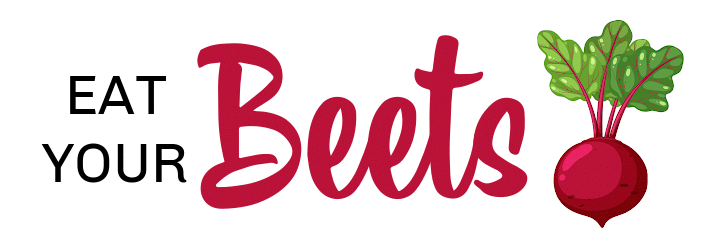
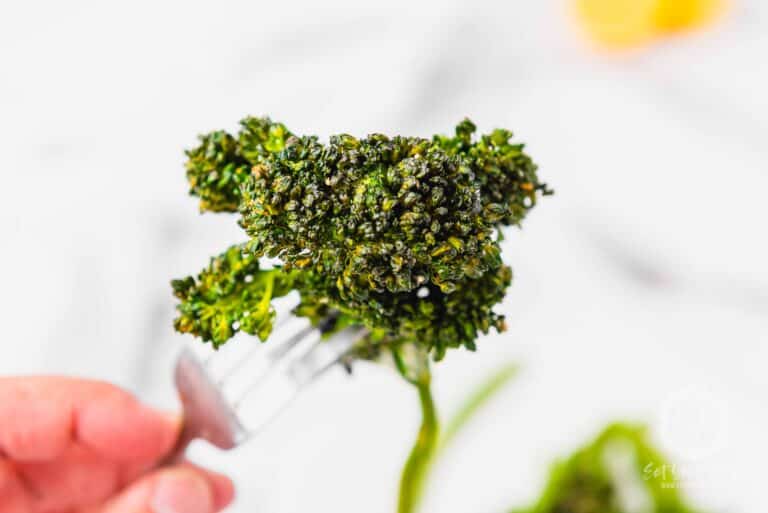


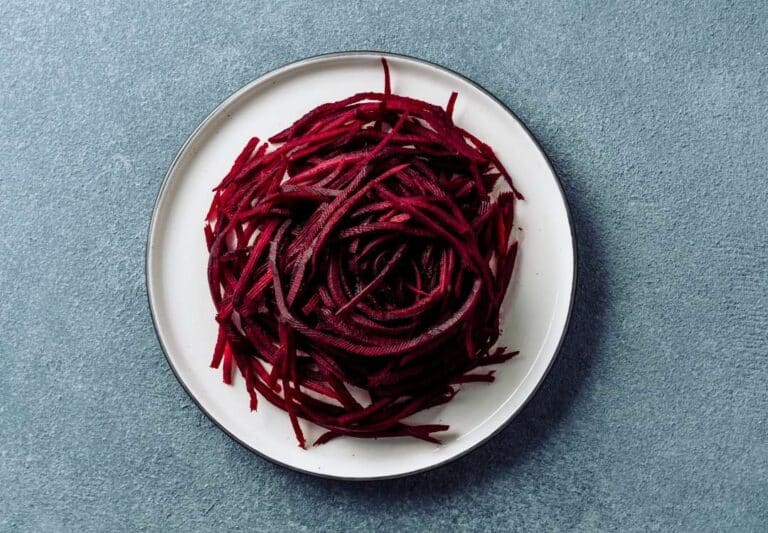
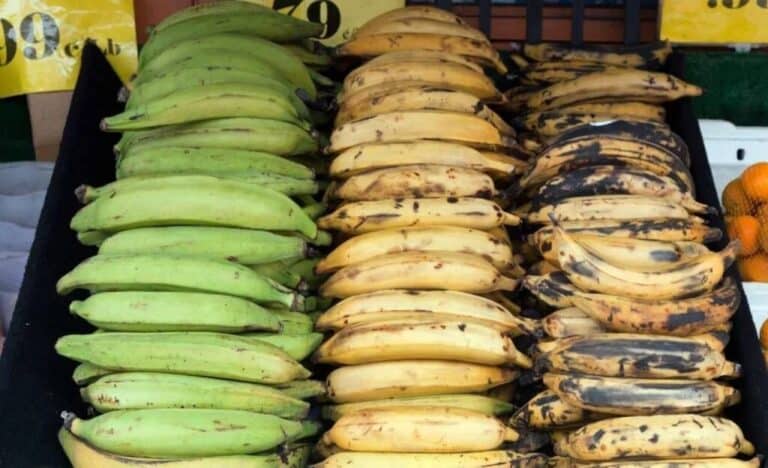
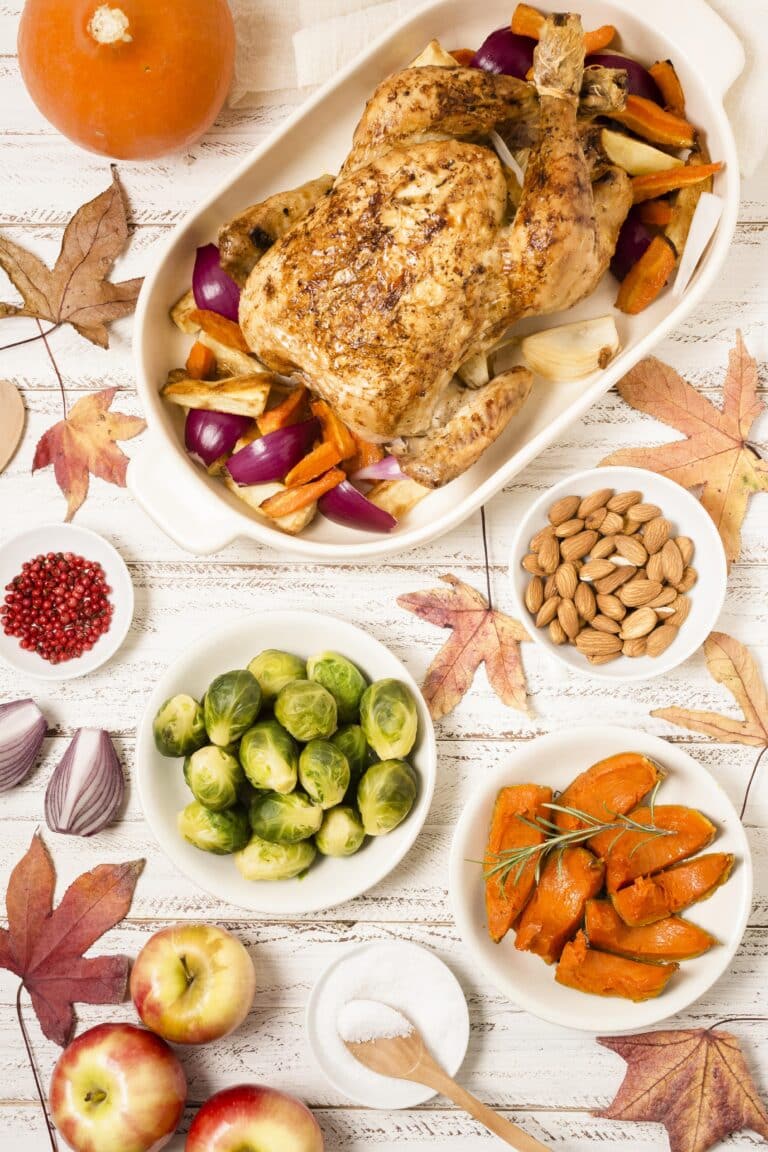
One Comment
Comments are closed.